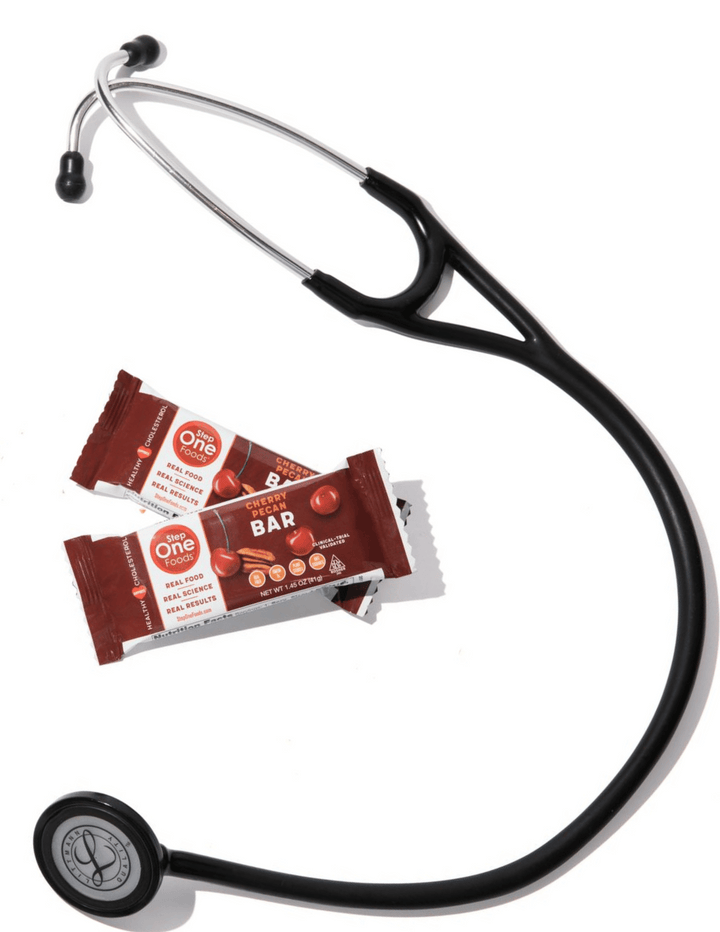The case against Ozempic and Wegovy

If you keep up with the news or spend any time on social media, you have almost certainly heard of Ozempic and Wegovy – the miracle injectable drugs presented as sure-fire ways to lose weight. The hype surrounding these medications has been so intense that Novo Nordisk, the Danish pharmaceutical company that manufactures them, can’t keep up with demand. Novo Nordisk profits are up 32% compared to this time last year and there seems no end in sight to the rivers of money flowing in. As a drug company, it’s certainly good to be in the weight loss business.
Because there truly is no end to the demand. Today, over 40% of Americans fall into the obese category (BMI >30) and over 30% are overweight (BMI 25-30). A large percentage of these individuals are also diabetic or pre-diabetic, and/or have other health conditions related to excess weight, making them eligible to receive a prescription for one of these medications.
Ozempic and Wegovy are actually the exact same drug, semaglutide. They are just presented in different doses and with different indications. Ozempic, the first FDA approved lower dose version of semaglutide, is supposed to be for improved blood sugar control in diabetics (and for improved outcomes in people with heart failure and/or chronic kidney disease), while Wegovy, the recently FDA approved higher dose version, is reserved for people with obesity or excess weight associated with weight related health conditions.
Both patients and clinicians have figured out that if you want to get the weight loss effect of Wegovy, just take more Ozempic. So the lines have really blurred between these two versions in terms of which patient is getting what drug. Unfortunately that means diabetics needing Ozempic for blood sugar control are often getting the short end of the stick, finding the drug they need repeatedly out of stock.
Weight loss achieved with semaglutide IS impressive, with an average 15% weight reduction over the course of a year. So if you start at 200 pounds, in just one year's time you should expect to be closer to 170. And if you yourself have ever tried to lose weight, you know that’s a pretty great result. Given that weight loss of even 5% is associated with health benefits, it's not only great, it's amazing.
So why does the title of this blog suggest that I’m not enthralled with these drugs?
Because I’m not. I believe they have a role, but in select cases only.
And here’s why:
- Mechanism of action. Semaglutide is basically the synthetic version of GLP-1, a naturally occurring hormone that acts on the brain to suppress appetite, affects the stomach to slow gastric emptying so you feel fuller longer, and increases insulin production by the pancreas to help keep blood sugar levels steady after a meal. All highly beneficial effects. But what else does all this? FIBER. A high fiber diet encourages our gut microbiome to grow bacteria that make GLP-1. Given that around 95% of Americans don’t consume even the minimum recommended amounts of fiber (14 g per 1000 calories), we are falling into the usual medical trap – treating the sympom (low GLP-1) not the cause (low fiber) of the health issue. And you already know the truth: if you never address the root cause, you will never attain a cure. So, if you want to keep weight off, unless you also make marked dietary changes, expect to stay on semaglutide for life. Note that Step One Foods delivers at least 10 grams of whole food fiber per day in just two servings. That's enough to close the fiber deficit for most people - which is why they're formulated to supply this amount. If you want even more GLP-1 producing bacteria, simply add even more fiber-rich foods to your Step One regimen. No Ozempic or Wegovy required.
- Side effects. Slowing gastric emptying is not without hazard. Slow the process down too much with artificially high GLP-1 levels and you can end up with undigested food sitting in your stomach for days. Nausea, pain and vomiting are the natural results. Just this month, class action law suits have been filed accusing drug manufacturers of inadequately warning about this potential problem. Just like it took many years to understand all the various side effects of statins, we might just be looking at the tip of the iceberg here. Especially since most of the studies looking at semaglutide were carried out in limited numbers of diabetics. We have relatively little data on what exposing millions of non-diabetic people to these drugs could unleash.
- Cost. So how much will that amazing weight loss set you back? List price of these drugs is the range of $1350 per month, or around $16,000 per year. $16,000 per year buys a lot of fiber rich, wonderful food. Put 3 or 4 semaglutide patients together, and they can splurge for a personal chef. If you step back and look at what we are doing objectively - using an expensive drug to make up for the lack of relatively inexpensive food – you have to conclude this is crazy.
The fundamental problem, as for nearly all cardiometabolic conditions (high cholesterol, high blood pressure, high blood sugar, excess weight), is not a lack of the right drugs! It’s a lack of the right foods. And unless we change the food, we will remain sick.
Medications do have a role. I may have started a food company to help people reduce their need for cholesterol lowering drugs, but that doesn’t mean I don’t prescribe statins. I also believe semaglutide can be useful in specific circumstances. And what are those in my estimation? In diabetic patients struggling with blood sugar control despite their best dietary efforts; in people with congestive heart failure or chronic kidney disease who are repeatedly teetering on the edge of being hospitalized for their condition; and in obese patients who are stuck. What do I mean by “stuck”? These are the patients whose weight is limiting their ability to move such that they have no realistic way to affect calorie balance. To the point that even making their diets perfect might not be enough. In other words, as a clear alternative to gastric bypass surgery.
If you know me, or have seen me as a patient, you know that I have great empathy for people struggling with weight. I have family members who battle the scale. Most people I see in clinic are overweight. Losing weight and keeping it off is HARD. But the longer I’m in practice, the clearer it all becomes - obesity is not the result of some genetically driven GLP-1 deficiency. Obesity (and much of what ails us in general) is the product of a dysfunctional food environment that surrounds us with hyperpalatable, calorie dense, low fiber, nutrient poor foods formulated to be addictive, cheap, and convenient. What could go wrong?
But the solution is not an expensive drug that craftily impacts all the drivers of our appetites. The solution is fueling our bodies with better foods that do this naturally. Foods that are not only made from high fiber, nutrient rich ingredients, but that are also formulated to build health not disease. What could go right?

Tested & Proven Results.
- Cardiologist formulated
- Supported by over 500 publications
- Clinically-proven, in a double-blind randomized trial with Mayo Clinic and The University of Manitoba
80% of participants lowered their cholesterol in just 30 days. With just two servings per day, Step One Foods offers a proven-effective way to naturally lower LDL (bad) cholesterol.
Get heart health tips and articles like this, delivered right to your email.
New articles every week.
You may also like...

You don’t need to avoid foods with cholesterol…except for these




